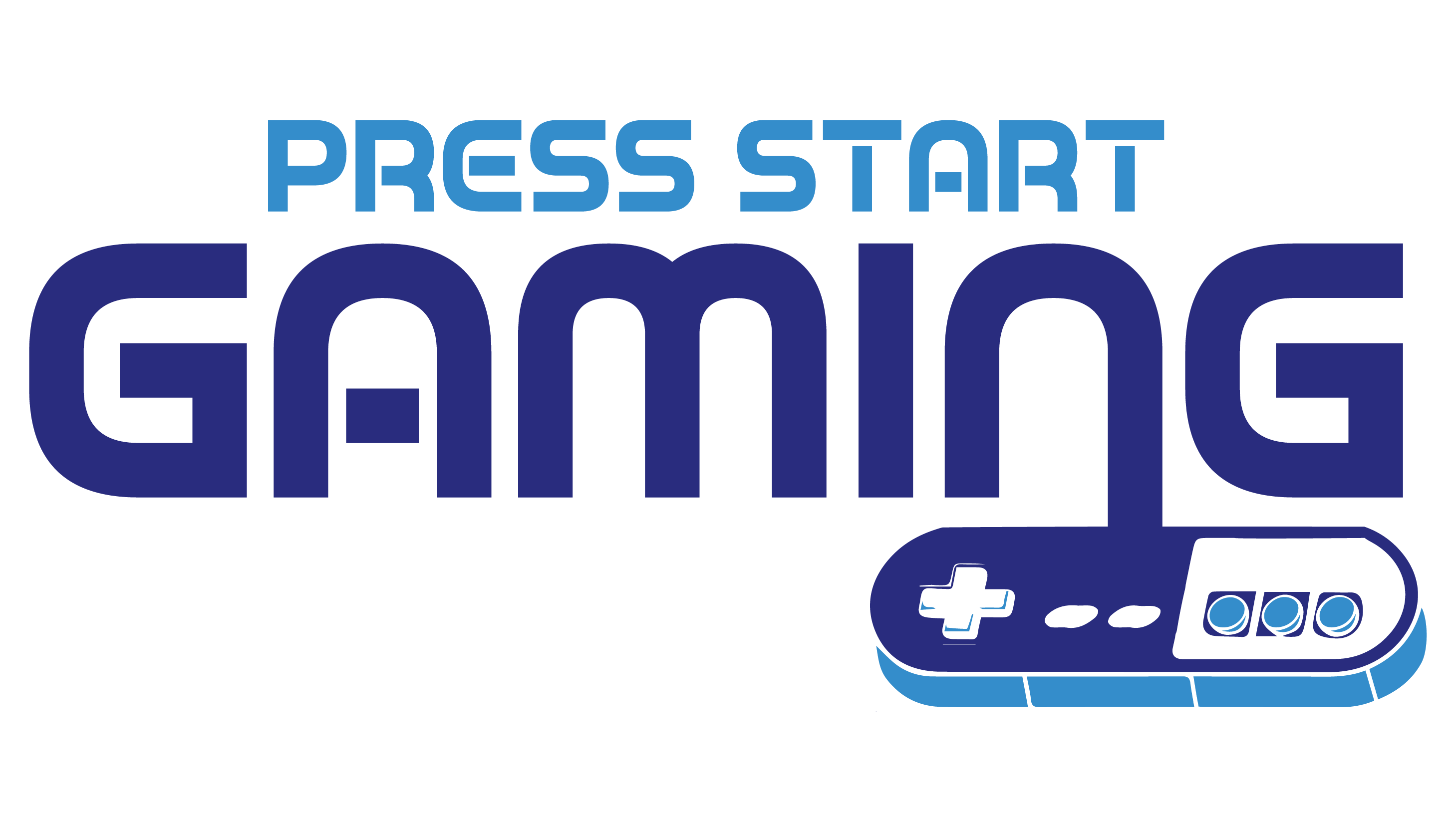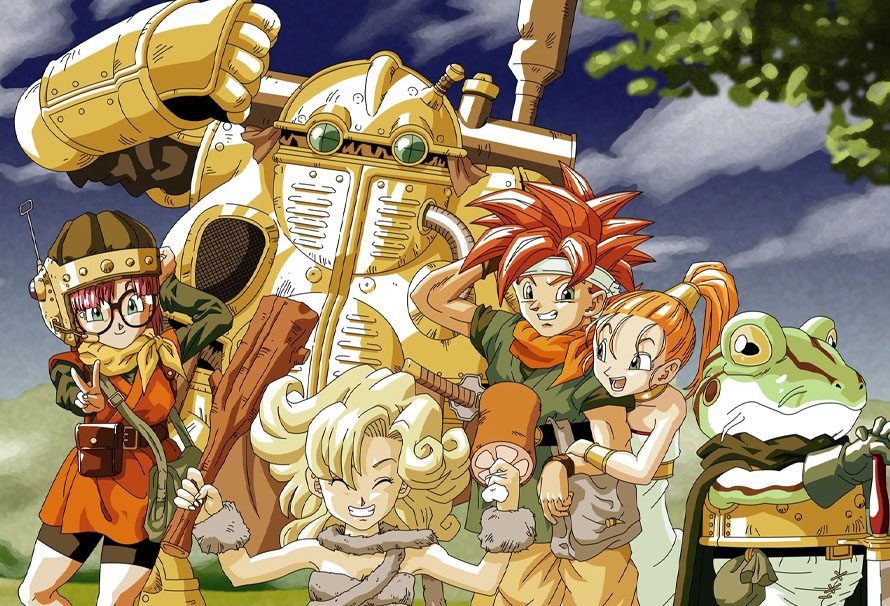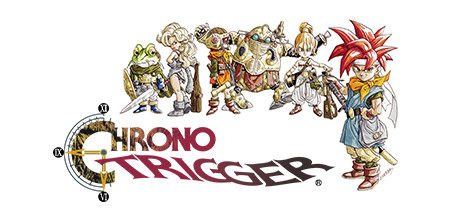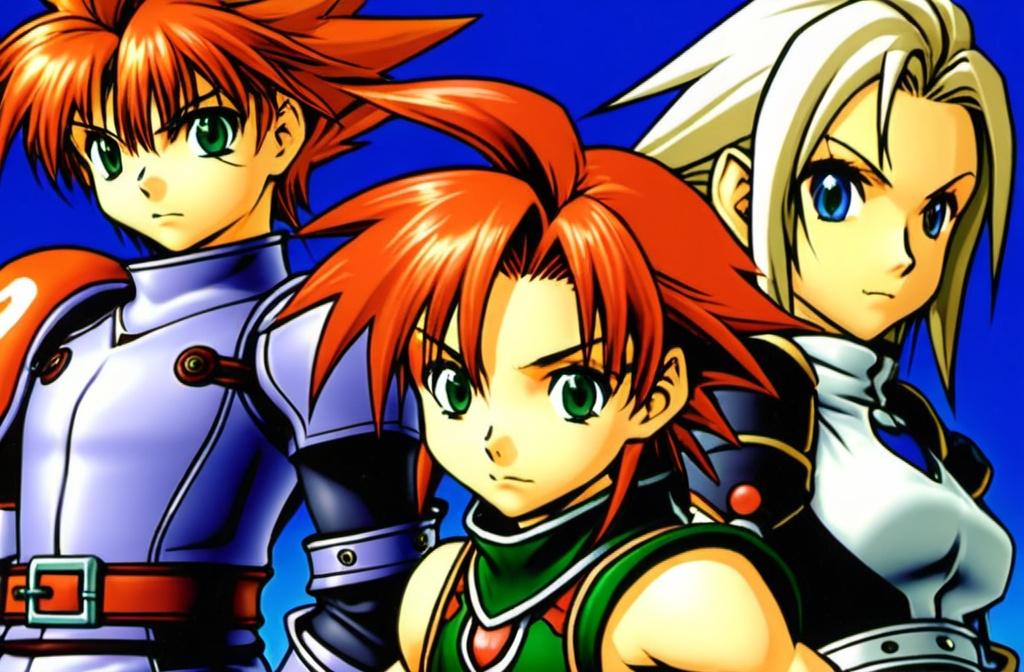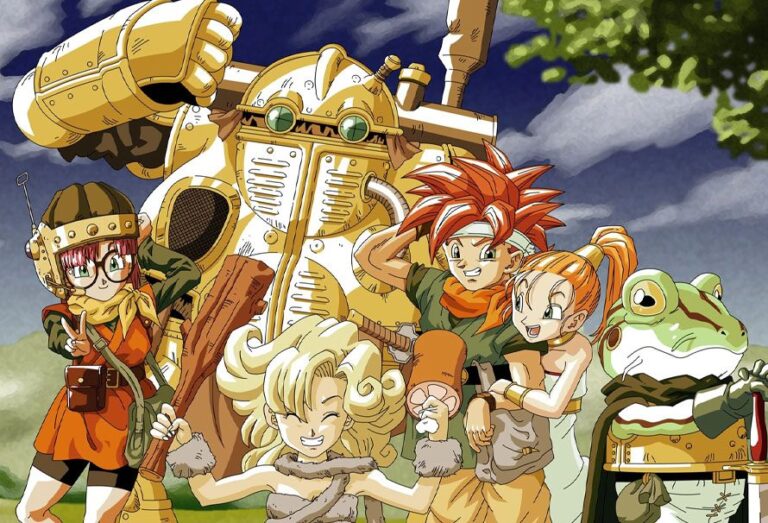Game data not found.
Story
Dynamite Bowl, released in 1987 for the Nintendo Entertainment System (NES), is a bowling game that stands out due to its simplicity and straightforward approach. Unlike many video games of its era, Dynamite Bowl does not offer a traditional narrative or storyline. Instead, it focuses on delivering an authentic bowling experience to players, allowing them to immerse themselves in the sport without the distraction of a backstory. This design choice was intentional, aiming to replicate the feel of an actual bowling alley, where the main objective is the thrill of the game itself. Players step into the shoes of a bowler whose only goal is to achieve the perfect game, competing against either AI opponents or friends in multiplayer mode. The absence of a complex narrative means that players can immediately dive into gameplay, making it an accessible choice for casual gamers and bowling enthusiasts alike.
Gameplay
The gameplay mechanics of Dynamite Bowl are where the game truly shines. It captures the essence of bowling with a straightforward control scheme that is easy to learn yet challenging to master. Players must carefully time their button presses to determine the power and angle of their bowling ball. This requires a keen sense of timing and precision, as the game’s physics engine accurately simulates the roll and spin of the ball down the lane.
Controls and Mechanics
Players are presented with a top-down view of the bowling lane. The control system revolves around a simple yet effective interface where players control the ball’s direction and strength. The game uses a power meter that fluctuates rapidly, requiring players to press the button at the optimal moment to achieve the desired power level. Following this, players must adjust the spin and angle, adding a layer of strategy to each throw. This dynamic makes every frame an exercise in skill and concentration, as players strive to knock down all ten pins.
Game Modes
- Single-Player Mode: This mode allows players to compete against AI opponents, each with varying degrees of difficulty. It serves as an excellent practice ground for honing skills and mastering the art of bowling.
- Multiplayer Mode: Dynamite Bowl supports up to four players in multiplayer mode, offering an engaging and competitive environment. Friends and family can join in the fun, making it a popular choice for group gaming sessions.
The multiplayer mode is particularly enjoyable, as it captures the social aspect of real-life bowling, where camaraderie and rivalry often go hand in hand. Players can challenge each other for the highest score, making it a perfect party game.
Graphics and Sound
Visuals
Given the technological limitations of the NES, Dynamite Bowl features simple yet effective graphics. The game adopts a clean, minimalist design that prioritizes functionality over flair. The bowling lanes are rendered in a straightforward manner, with clear markings and well-defined pins. The simplicity of the graphics ensures that players remain focused on the gameplay, without unnecessary distractions.
Sound Design
The sound design of Dynamite Bowl complements its visual simplicity. The game features a limited but effective sound palette, including the familiar clatter of pins, the satisfying roll of the bowling ball, and subtle background music. These audio elements enhance the overall experience, providing players with audio cues that mimic the sounds of a real bowling alley. The sound effects are crisp and clear, adding a sense of realism to the virtual bowling experience.
Legacy and Reception
Critical Reception
Upon its release, Dynamite Bowl received mixed reviews from critics. While some praised its simple and addictive gameplay, others noted its lack of depth compared to other NES titles. However, the game found its niche among bowling enthusiasts and those who appreciated its uncomplicated approach. Its straightforward mechanics and multiplayer capabilities were highlighted as strong points, making it a go-to choice for casual gaming sessions.
Impact on the Genre
Dynamite Bowl’s impact on the bowling video game genre is significant, as it laid the groundwork for future titles. It demonstrated that a sports game could succeed without an elaborate storyline or complex graphics, focusing instead on the core mechanics that make the sport enjoyable. Many subsequent bowling games have taken inspiration from its straightforward design, emphasizing gameplay over graphical sophistication.
Continued Popularity
Despite its age, Dynamite Bowl continues to enjoy a cult following among retro gaming enthusiasts. Its straightforward gameplay and nostalgic charm make it a popular choice for those revisiting the NES library. The game’s multiplayer mode remains a highlight, providing endless hours of fun for groups looking to relive the classic gaming experience. Dynamite Bowl’s enduring appeal lies in its simplicity, offering a pure and unadulterated representation of bowling that resonates with players even today.
Conclusion
Dynamite Bowl stands as a testament to the timeless appeal of sports games that focus on core gameplay mechanics. Its lack of a traditional narrative and simplistic graphics are not detriments but rather strengths that allow players to concentrate on the essence of bowling. The game’s straightforward controls and engaging multiplayer mode have cemented its place in the annals of retro gaming history.
While it may not have received universal acclaim upon release, Dynamite Bowl’s influence on the genre and its continued popularity among enthusiasts underscore its lasting impact. As a pioneer in the world of digital bowling, it paved the way for future titles and remains a beloved classic in the hearts of many gamers. Whether you’re a fan of bowling or simply enjoy retro gaming, Dynamite Bowl offers an experience that is both nostalgic and endlessly entertaining.
